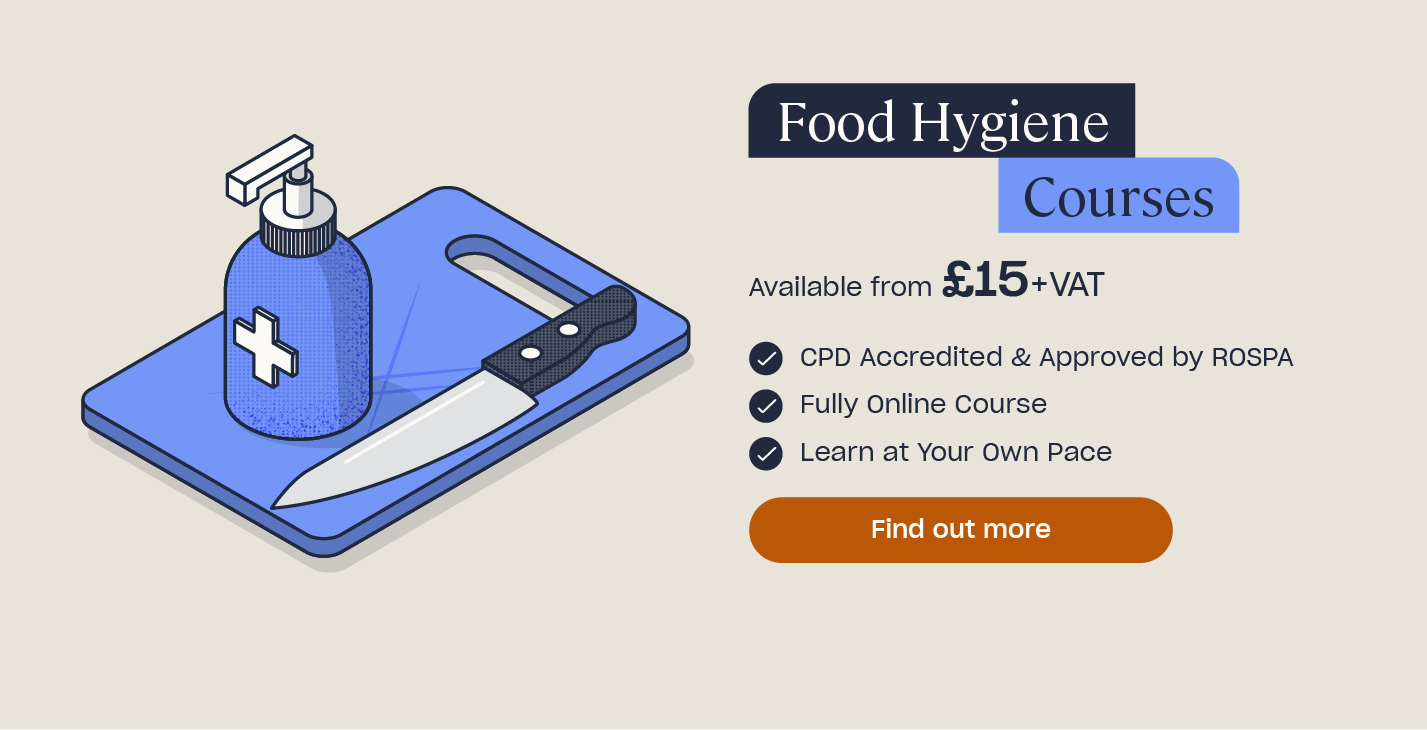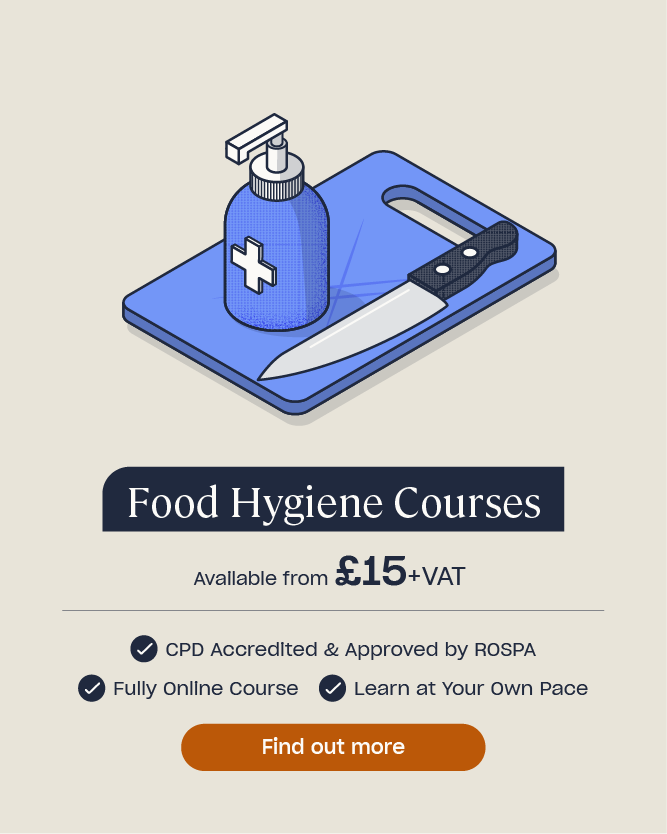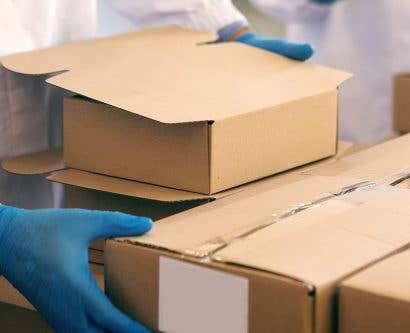Essential Food Hygiene Tips for Childminders
The Food Standards Agency states that “You must comply with food safety and hygiene regulations if you provide food and drink for children or babies.” Children and babies are more susceptible to food poisoning and other food safety risks (such as allergic reactions) than most people, so it’s vital to consider the risks they may face while in your care.

With that in mind, this article covers the fundamental food hygiene practices you should be aware of. More specifically, it refers to the 4Cs of food hygiene: cross-contamination, cleaning, chilling, and cooking.
Although it depends on what your duties are as a childminder, it’s crucial to be aware of these practices. It enables you to maintain good standards whenever the situation calls for it and protect children’s wellbeing.
Food Hygiene Requirements for Childminders
When children are in your care, you have a responsibility to look after their health and safety. This includes managing the food risks that they may be exposed to. However, it’s important to realise that food hygiene is about more than just food preparation. Even if you’re not in charge of preparing their meals, simple storage and reheating processes can also put them at risk if you don’t follow safe food hygiene practices.
The last thing you want as a childminder is to cause harm to those in your care. This could lead to parents losing trust in your abilities and even to legal issues. Childminder businesses are registered with their local authority by OFSTED if they provide food for childminded children, meaning that food hygiene law applies and you could be subject to EHO inspections.
Therefore, you must follow these simple food hygiene practices for childminders, which are easy to remember through the 4Cs: cross-contamination, cleaning, chilling, and cooking:
Cross-Contamination
Cross-contamination refers to when bacteria or another contaminant (such as an allergen) gets into food by spreading from other foods, surfaces, hands, or equipment. For example, using a knife to cut raw chicken and then using the same knife to cut tomatoes that you put into a ready-to-eat salad.
The importance of avoiding cross-contamination cannot be understated. It can easily pose significant risks to children’s health if you fail to adopt good practices.
The most effective ways to prevent cross-contamination include:
Proper handwashing.
Hands are the most common vehicles of bacteria, so you must properly wash them before handling food. To do so, you must use warm water and antibacterial soap, wash for more than 10 seconds, and make sure you rub in between fingers, your palms, and back of your hands. You should then dry with a clean, disposable paper towel to prevent your hands from picking up bacteria again.
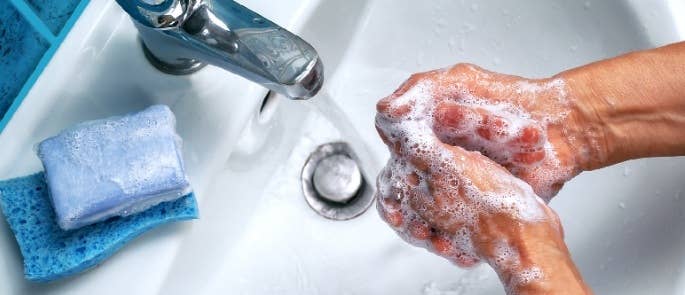
You must wash your hands before handling any food and between handling different types. For example, if you handle raw fish and then need to handle bread. Furthermore, you must wash after any activities that could contaminate your hands, such as using the toilet, blowing your nose, handling bins, etc. The bottom line is, you should be sensible and wash your hands before you do anything with food for the children in your care. This also sets a good example for them if they’re a bit older and are getting involved in food handling activities.
Using separate utensils and surfaces.
When preparing food, you must not mix utensils and surfaces. For instance, if you use a knife for peanut butter (a potential allergen), you should properly wash that knife first before using it for anything else. Likewise, you need to use different cutting boards for different types of food (e.g. one for meat and one for vegetables).
Effective cleaning
Proper cleaning is one of the most essential steps in preventing cross-contamination. This is why it is one of the 4Cs and we’ll cover it fully in the next section.
Cleaning
To ensure food is safe for children to eat at all times, you must maintain a high standard of cleaning. This applies to food itself, but also to surfaces, utensils, dishes – basically anything that food could come into contact with. It’s vital for preventing harmful bacteria from spreading, such as salmonella, campylobacter, and E. coli.
Cleaning is not only important for preventing pathogenic and spoilage bacteria, however. It’s also necessary to prevent physical, chemical, and allergenic contaminants. These can all cause harm to children if they ingest them.
- Physical contamination occurs when a foreign item in food can cause injury. For example, stones, pips, glass, fragments from bones or shells, bits of plastic, etc. This is especially vital to consider when serving food to children, as they may not notice or recognise physical contaminants. It’s your responsibility to check that their food is free of these risks.
- Chemical contamination occurs when harmful chemicals enter food. Incorrect storage of chemicals or poor cleaning procedures can lead to this. For example, if chemical residue still remains on a kitchen surface. Chemical poisoning can cause vomiting, diarrhoea and abdominal pain, all of which can be dangerous in children.
- Allergenic contamination occurs if an allergen enters food that it shouldn’t be in. Some common allergens include peanuts, milk, wheat, nuts, eggs, soybeans, and shellfish. Even the smallest fragment of an allergen can cause a reaction, so proper cleaning is vital. Children with food allergies could have a dangerous reaction if they consume allergen-contaminated food.
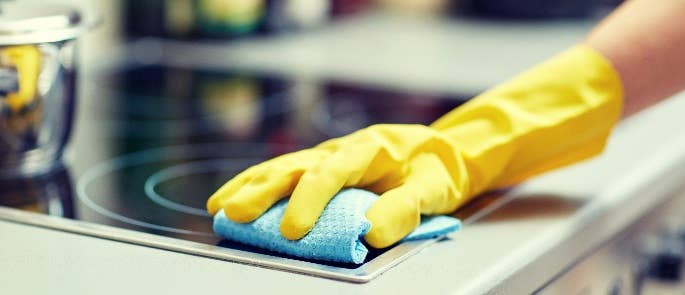
To maintain a good standard of cleanliness and prevent contamination, you should:
- Properly wash cutlery, dishes, pots and pans, surfaces, and cutting boards after use. If you use a dishwasher, rinse items before you put them in and avoid overloading it.
- Clean as you go. Keep on top of waste and dirty items so that the risk of something getting contaminated is kept to a minimum.
- Wash fruits and vegetables to remove dirt and grime.
- Not wash chicken and other meat. There is no need to do this as long as it’s cooked properly.
- Rotate stock. Make sure old stock is used up before new stock so that it reduces the chances of food causing safety problems. All food must be used in date order.
Chilling
A core part of food safety is knowing how to effectively store food. In particular, you must know how to properly refrigerate and freeze food. Fortunately, this is a simple process that you can easily maintain in your childcare premises.
To do so, you should:
- Know which fridge shelves you should store food on, how long you can keep certain foods, and what temperature to store them at.
- Follow the instructions on the food, including the best before and use by dates.
- Ensure your fridge is between 0-5°C and the freezer is at least -18°C.
Cooking
Properly cooking the food that you serve to children is crucial. Incorrect cooking temperatures can allow bacteria to survive that could then cause food poisoning to the children who consume it.
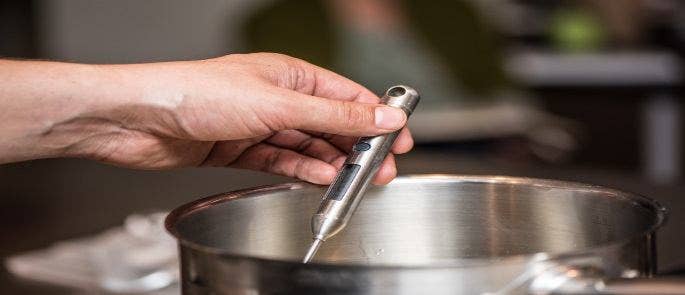
The specific temperature and time required to cook food safely depends on the food you’re cooking and the specific cooking method. However, there are a few general requirements you should follow when cooking food in your childcare setting:
- Check the internal temperature of food. Use a digital thermometer to ensure that it reaches a minimum core temperature of 75°C.
- You must hold hot food at 63ºC and discard after two hours if it’s not consumed.
- Do not reheat food more than once, as this gives bacteria an opportunity to multiply to dangerous levels.
- If you reheat food with a microwave, follow the manufacturers’ instructions and make sure there are no cold spots.
- Avoid raw or partially raw foods. For instance, you should cook meat through to the middle and when cooking eggs make sure there are no runny parts remaining (e.g. hard boil the yolk). They should be steaming all the way through.
Top 8 Food Hygiene Tips for Childminders
Here is a handy summary to remind you of the food hygiene practices you should follow and what knowledge you should develop if you want to increase your awareness:
- Handwashing. Maintain good hand hygiene at all times when working with or around the food you provide to children.
- Personal Hygiene. Keep yourself clean and tidy to prevent cross-contamination. Tie your hair up, avoid wearing jewellery and nail polish, and cover wounds with waterproof, brightly-coloured plasters when working around food.
- Storage. Keep a constant check on the food you stock in your childminding premises. You should discard of items that are past their best before or use by date.
- Sickness. If you’re unwell but have come into work, you should avoid preparing or serving food.
- Cross-contamination. You should properly clean everything you use to prepare food and should pay close attention to allergens.
- Facilities. Laundry, baby changing, and toilet facilities should be kept away from food preparation areas. In some cases, it may not be practical to keep the laundry area separate from the kitchen. If so, your premises should have a schedule in place to keep these processes running entirely separately. This is crucial to avoid contamination from detergents, for example.
- Waste. You should keep on top of any waste that could pose a risk to food preparation and storage. Discard spoilt food and empty bins on a regular basis, and remember to frequently clean your bins.
- Training. While these tips will give you a good foundation of knowledge surrounding food hygiene practices, they aren’t a substitute for certified training. If you, or any other childminders in your premises, work with food, it’s advised that you take a Level 2 Food Hygiene Training course and any other relevant training. For example, training relating to allergens and cleaning processes.
Need a Course?
Take a look at our range of Food Hygiene Training where you’ll find everything from Level 2 Food Hygiene for Catering to Food Allergen Awareness.
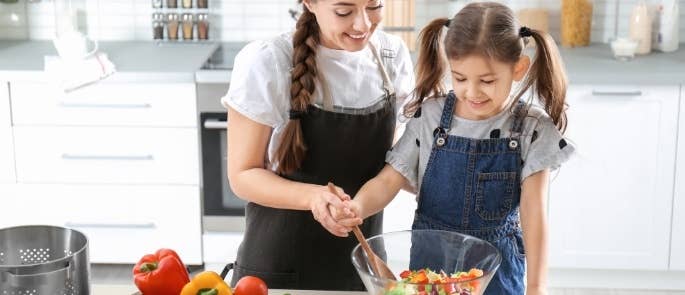
As long as you follow the 4Cs and commit to good food hygiene practices, you will protect children from food poisoning and other food-related risks in your childcare setting. If you’d like further guidance on food safety for childminders, you can visit the food standards agency advice website.
What To Read Next:
- How To Become A Childminder In Your Own Home
- Level 2 Food Hygiene Quiz
- Food Borne Diseases: A Complete List
- Most Common Food Intolerances and Allergies: An A-Z


